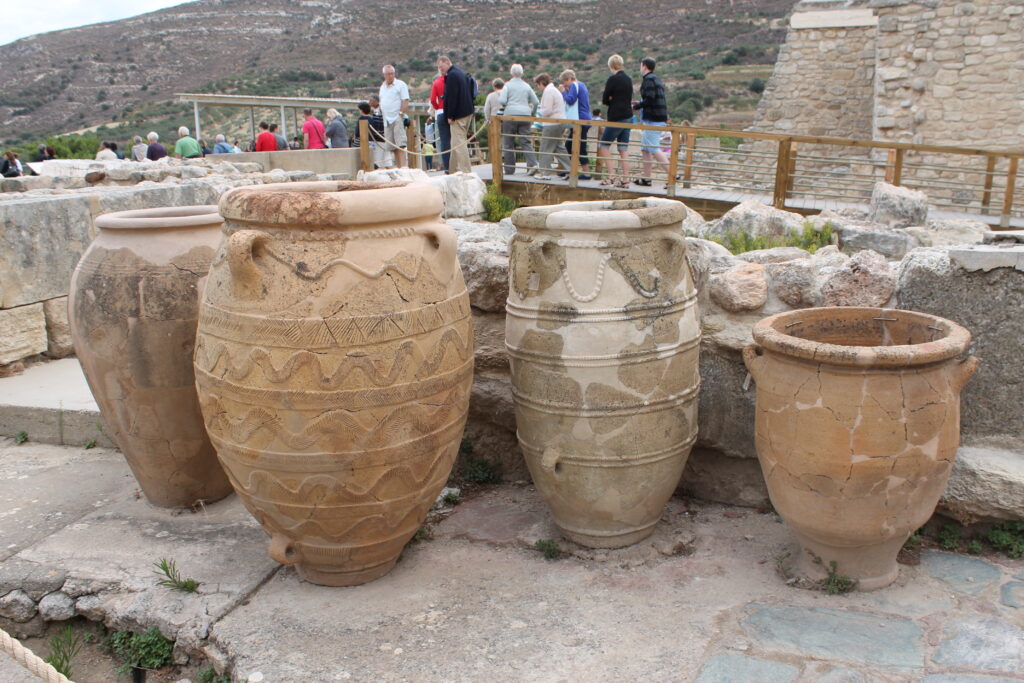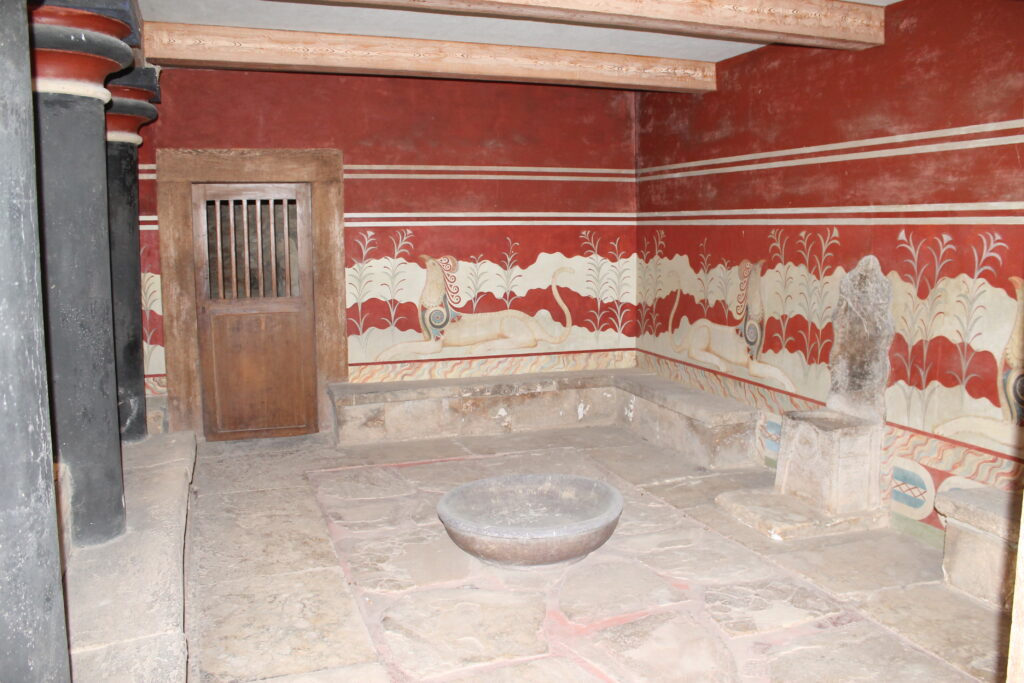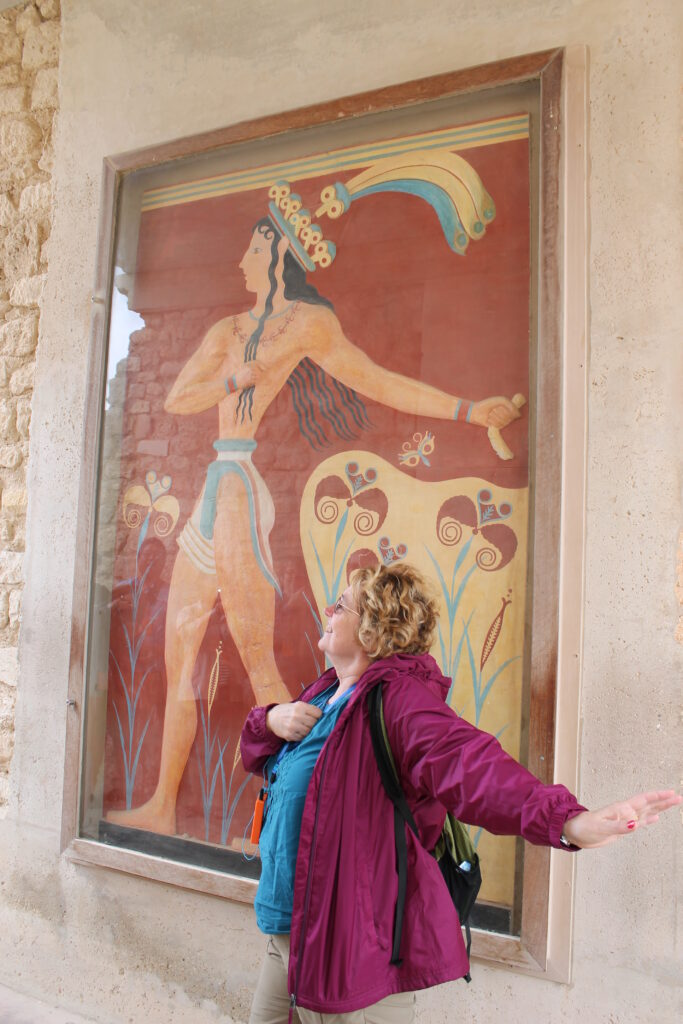I received wonderful news: both In the Shadow of the Bull and On the Horns of Death have been picked up by a publisher in Greece and translated. So excited!
This got me thinking about the language in Ancient Crete. What did they speak? Greek? It is hard to know since we, of course, have no examples of the spoken language. We do have sample of what there was of the written language, however.
There are several examples of ancient writings but the only one that has been deciphered is Linear B. That was finally deciphered in 1952 and was used primarily for administrative texts. Tablets have been found in Knossos, Kydonia, Pylos, Thebes and Mycenae. When the Mycenaean civilization collapsed, this style of writing disappeared.
Linear A, which some believe was a precursor of Linear B, (others posit they were used simultaneously), Cypro-Minoan and Cretan hieroglyphics remain undeciphered.
Linear B is believed to be a early form of Greek. Knowing how English spoken in the age of Chaucer sounded, I would guess a Greek speaker now would not be able to understand this early form.



